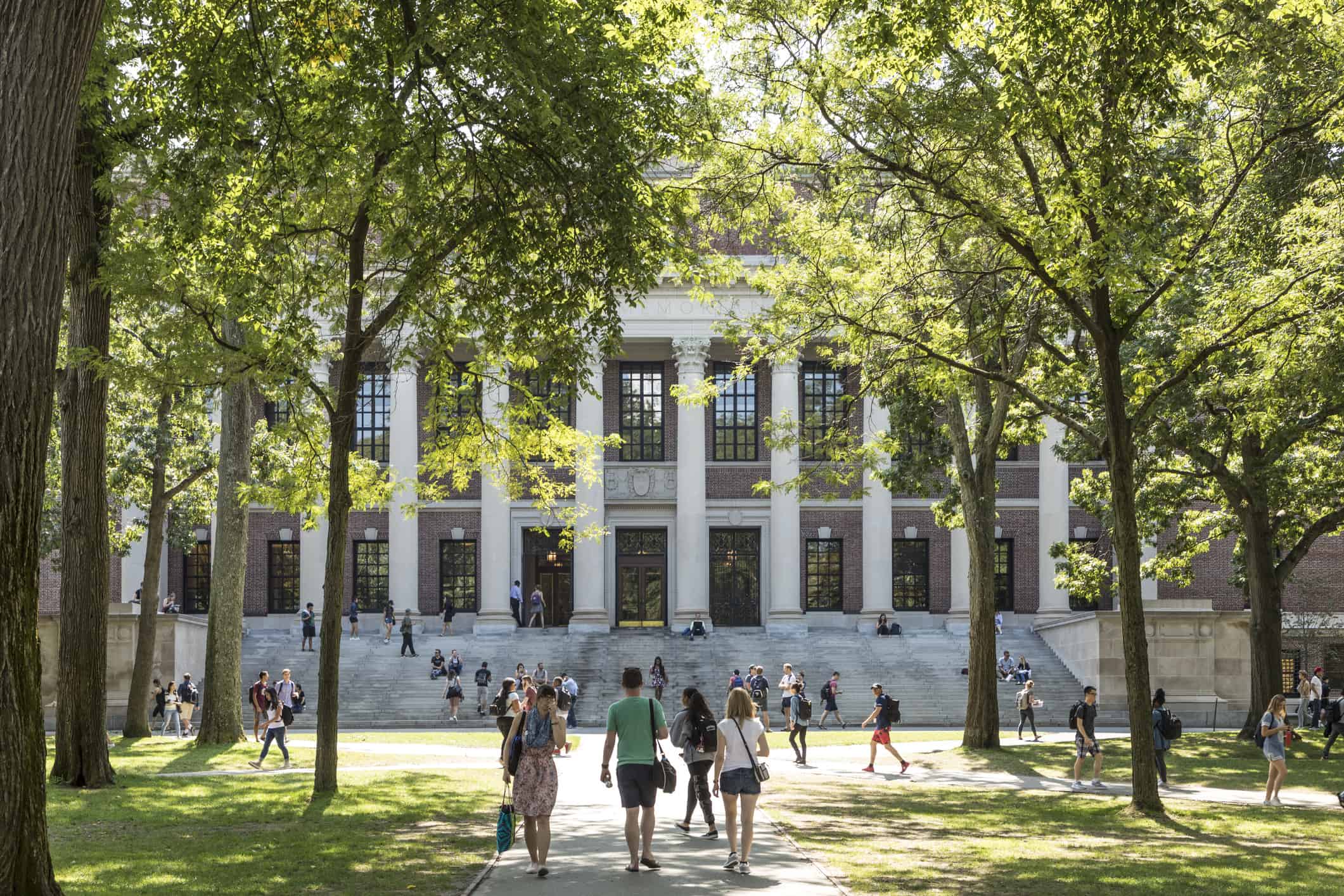BACK-TO-SCHOOL AND COLLEGE SPENDING TO REACH $82.8 BILLION


The back-to-school and college shopping season is in full swing, but many parents and college students say they are waiting for the best deals to complete their shopping lists, according to the annual survey released by the National Retail Federation and Prosper Insights and Analytics on Thursday. Total spending for K-12 schools and college combined is projected to reach $82.8 billion, nearly as high as last year’s $83.6 billion.
“With the economy thriving thanks to tax reform and growing consumer confidence, we expect to see a very strong season,” said Matthew Shay, president and CEO of NRF. “College spending is expected to be at its highest level ever, and back-to-school will be one of the three highest years on record. Whether shoppers buy now or wait until the last minute, retailers are ready with everything they need for a successful start of the school year.”
Families with children in elementary through high school plan to spend an average $684.79 each, compared with last year’s $687.72 for a total of $27.5 billion. That’s the third-highest total in the history of the survey following a peak of $30.3 billion in 2012 and last year’s $29.5 billion.
Those with young people heading to college as well as college and graduate students purchasing for themselves plan to spend an average $942.17 each, down from last year’s $969.88 for a total of $55.3 billion. That’s an all-time high in the history of the survey, up from last year’s previous record of $54.1 billion.
According to the survey, back-to-school shoppers plan to spend the most on clothing ($236.90). In addition to apparel, back-to-school shoppers also plan to spend $187.10 on electronics such as computers, calculators or phones; $138.66 on shoes; and $122.13 on supplies such as notebooks, pencils, backpacks, and lunchboxes.
“The biggest change we are seeing in back-to-school spending this year is coming from electronics,” added Mark Mathews, vice president of research at NRF. “Items like laptops, tablets and smartphones are now an everyday part of household life and aren’t necessarily a purchase parents save for the start of the school year, resulting in the slight decrease in spending for this category.”
Unlike back-to-schoolers, college shoppers will spend the most on electronics ($229.21). Besides electronics, they also plan to spend $153.32 on clothing and accessories; $109.29 on dorm or apartment furnishings; $102.82 on food; $83.41 on shoes; $78.70 on personal care items such as skin and hair care; $69.46 on school supplies such as notebooks and backpacks; $62.61 on gift cards; and $53.34 on collegiate branded gear.
“College shoppers are prioritizing and increasing their spending budgets in essential categories including clothing, furnishings and shoes,” continued Mathews. “However, categories such as personal care items, gift cards and food saw a dip this year. Although consumers will still spend on these categories, they may plan to make purchases as needed throughout the school year rather than stocking up for the entire semester.”
The survey also found that more consumers are starting early. Most back-to-school shoppers (77 percent) plan to start at least three weeks before school begins, up from last year’s 74 percent and 64 percent a decade ago. Moreover, 67 percent of college shoppers will start that early, the same as last year but up from 51 percent in 2008. However, there is still plenty of shopping left to do. Nearly nine out of 10 (89 percent) back-to-school and college shoppers still have half or more of their purchases left to complete. Of these, more than half are still waiting for the best deals for the items on their lists.
“One trend that we continue to see during the back-to-school season is the strong influence children have on their parents’ spending decisions,” commented Phil Rist, executive vice president of strategy at Prosper Insights. “This shouldn’t come as a surprise when social media tools such as Pinterest and Instagram have allowed Gen Zers to be more selective in the items they want. However, the payback for being picky is that parents now expect their kids to contribute toward their back-to-school lists.”

